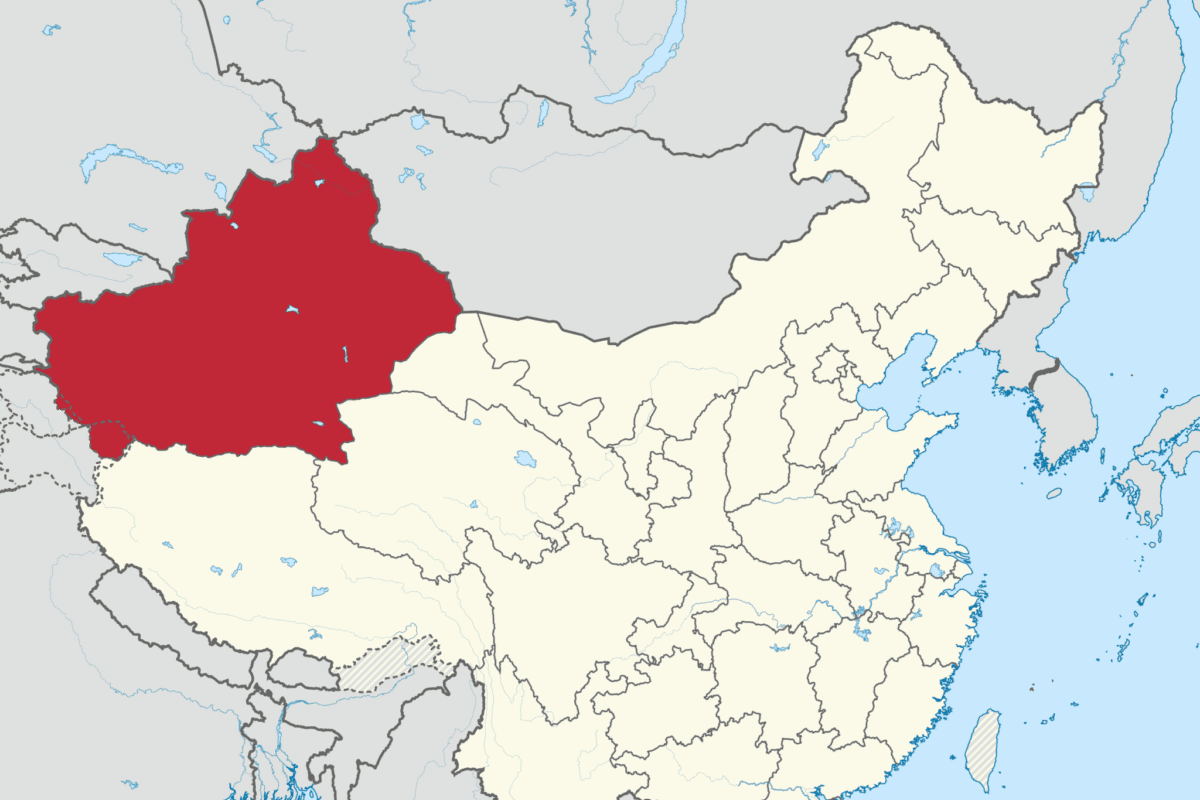Miner Weekly: Bitcoin’s Shadow Hash in Xinjiang, China

This article first appeared in Miner Weekly, BlocksBridge Consulting’s weekly newsletter curating the latest news in bitcoin mining and data analysis from TheMinerMag. Subscribe to receive in your inbox once a week.
China’s hidden hashrate is once again in focus following the Q4 2025 update of Luxor’s Global Hashrate Map, which estimates the country now accounts for 14.05% of Bitcoin’s total compute power, or roughly 145 EH/s. That’s a modest rise from 13.8% in Q3, maintaining China’s position as the third-largest contributor globally, behind the U.S. and Russia.
Luxor’s map, updated quarterly, has consistently confirmed what most in the mining industry already acknowledge: Bitcoin mining never entirely left China after the 2021 crackdown—it just moved off-grid. The latest uptick only reinforces that quiet reality.
What remains murky, however, is where that hashrate resides. The public data provides no regional breakdown within China, and given the clandestine nature of operations post-ban, visibility remains limited. Yet over the past year, multiple sources across the ASIC supply chain have pointed to one recurring destination: Xinjiang.
Throughout 2025, we have heard from industry sources about renewed activity involving brokers and distributors shipping notable batches of rigs into bitcoin mines in the Xinjiang Uygur Autonomous Region. Yet due to the region’s size and the covert nature of post-ban mining, concrete verification has remained elusive.
Xinjiang is China’s largest provincial-level region, spanning over 1.6 million square kilometers—roughly one-sixth of the country’s landmass. Its vast, sparsely populated terrain includes deserts, mountains, and steppe, making it historically attractive for off-grid industrial activities. The region’s relative isolation and abundant energy resources have made it a longtime hub for Bitcoin mining before China’s ban in 2021.
Adding to the intrigue, several Chinese-language posts on X from anonymous users over the past few months have circulated rumors that authorities conducted raids on several mining farms in Xinjiang, allegedly seizing hundreds of thousands of miners.
Whether there were indeed police raids or not, it would not be the first time mining or hosting operators have run afoul of authorities due to gray-area operations in China’s remote provinces. At a minimum, the latest data reaffirms that China’s mining footprint never truly vanished—it simply went dark. And it’s in that darkness where whispers travel farthest.
Regulation News
- Russian Police Seize More Than 2,700 Crypto Mining Rigs in St. Petersburg Raid – CryptoNews
Hardware and Infrastructure News
- Canaan Shares Surge 18% on Record 50,000-Unit Avalon Bitcoin Miner Order in U.S. – TheMinerMag
- Soluna and KULR Technology Group Announce 3.3 MW Hosting Partnership at Project Sophie – Link
Corporate News
- MARA Sells Half of Mined Bitcoin for First Time in Over a Year as Uptime Improves – TheMinerMag
- IREN Shares Jump Over 10% in Pre-Market on Fresh AI Cloud Contracts – TheMinerMag
- CleanSpark’s bitcoin holdings top 13,000 BTC as Riot trims stack slightly in September – The Block
- Cipher Mining Announces the Retirement of Edward Farrell, Chief Financial Officer, and the Appointment of Gregory Mumford as Successor – Link
Financial News
- IREN Plans Up to $1B Convertible Bond Offering to Fund AI Expansion – TheMinerMag
- Bitcoin mining stocks soar as BTC’s fresh $126,000 high fuels bets on more upside – The Block
Feature
- Clean energy glut draws cryptocurrency miners to Brazil – Reuters
